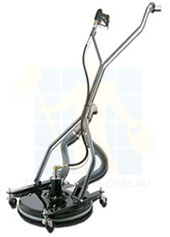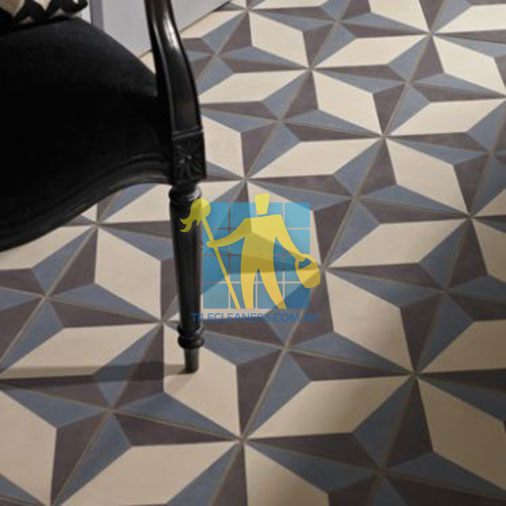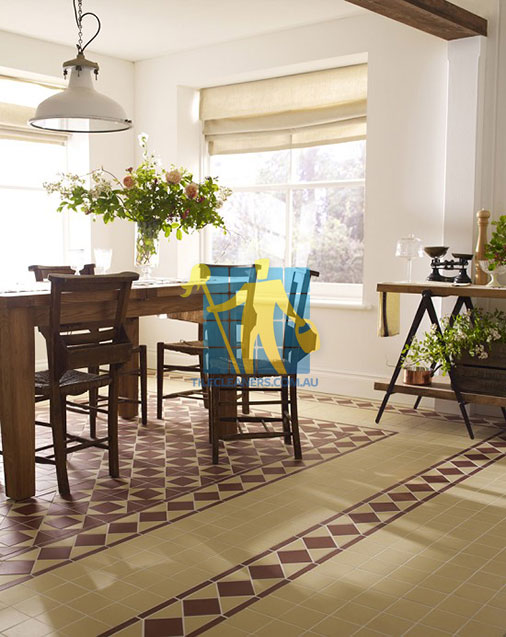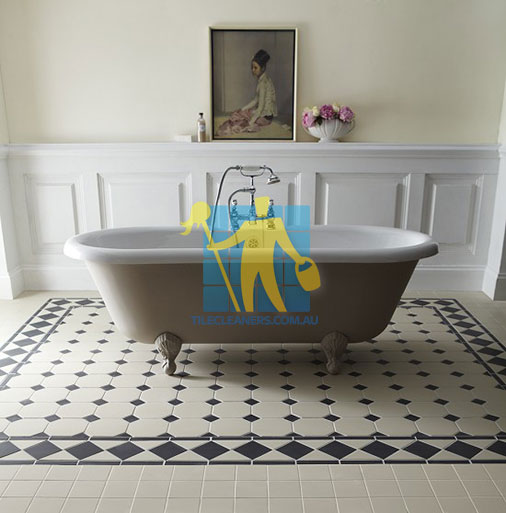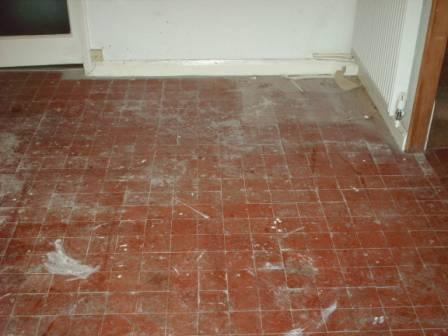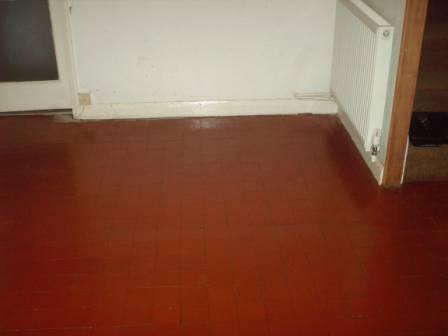Quarry tile is made of clay and usually has a rougher finish than most pressed out ceramic tiles. You can usually spot a quarry tile from the small roller grooves on the back of the tiles where they were extruded out of the machine (think giant pasta machine). Quarry tile is extremely durable and is a great choice for most rooms in your home, especially high traffic areas. When quarry tile is sealed, the tiles become water resistant which makes them a great choice for bathrooms and kitchens too.
Quarry tiles are relatively inexpensive, which makes them great for those on a budget. The durability, combined with the budget savings of quarry tiles, makes them an ideal choice for many homes all over the world. They have become more popular over the last few years as many people want a beautiful floor that is also durable and easy to take care of.
A classic hard wearing tile often utilised in high traffic areas such as reception areas and also often used for outdoor patio areas and porches. Although hard wearing Quarry tiles are often neglected and hidden under years of grime, however all is not lost they can be restored.
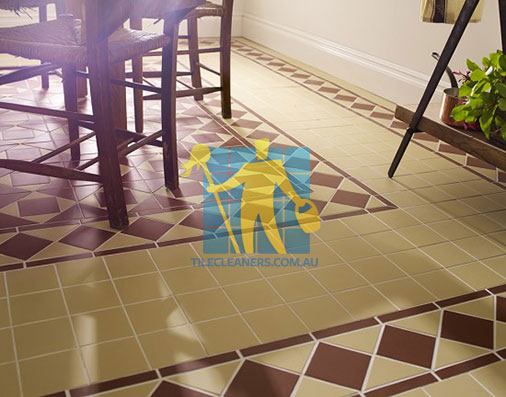
- Clean your quarry tile thoroughly with a canister vacuum cleaner. Do not use a vacuum with a beater bar as this may drag grit across the tiles, causing scratches to the sealer or wax.
- Mop your floor with a cleanser. Consider using an enzyme-based, antibacterial cleanser, particularly if your quarry tile is in the kitchen as these types of cleansers cut grease and eliminate odors.
- Rinse your mopped floor to remove cleanser residue. It is often a good idea to use soft or distilled water if your tap water has high mineral content since you don't want to leave deposits on your tiles.
- Wipe your floor dry with towels. This is a useful step to determine if your tile has haze or if it is becoming discolored. (Wax can become yellowed as it ages.)
- If your tile floor looks like it has a film on it, add white vinegar to clear water and re-mop your floor. This should remove any haze. Dry the tile again.
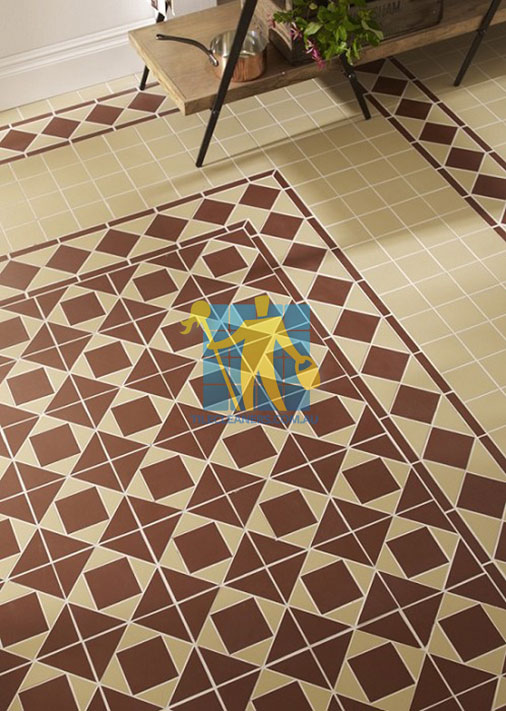





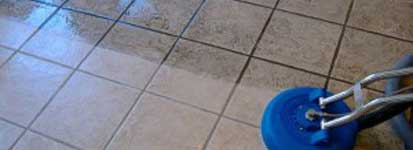
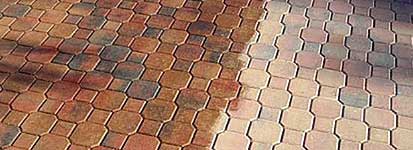
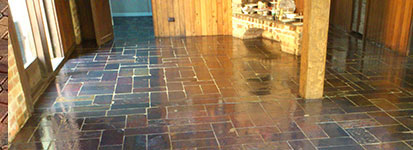
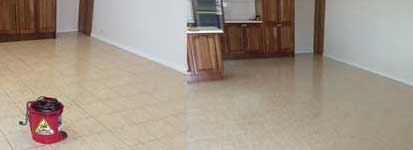
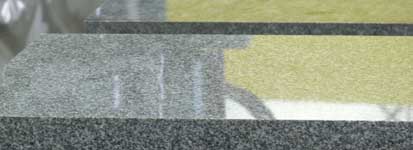
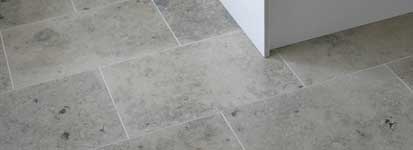
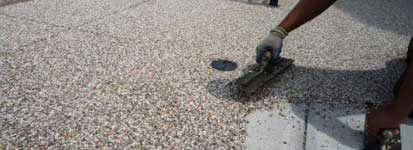
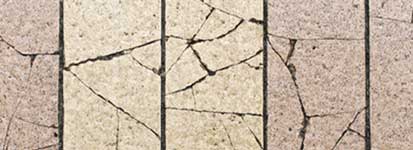
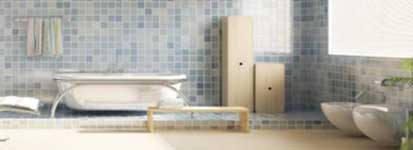

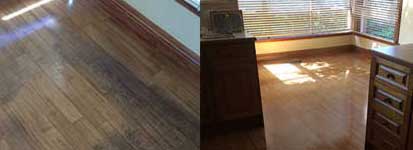
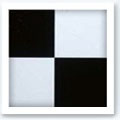
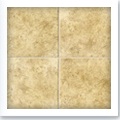
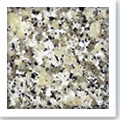
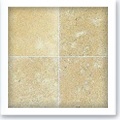
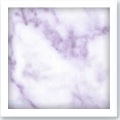
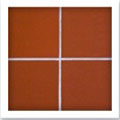
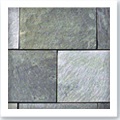
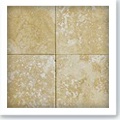
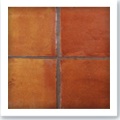
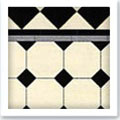
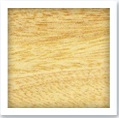
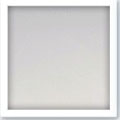
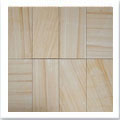
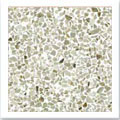
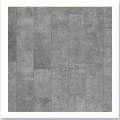
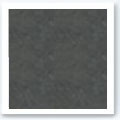
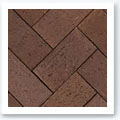
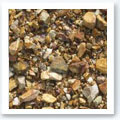
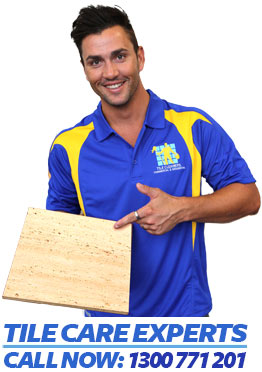

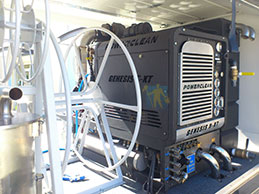
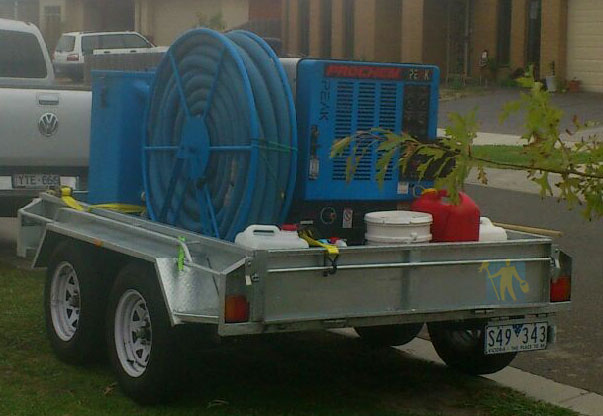
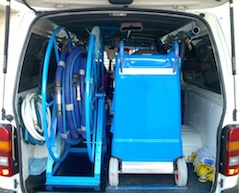

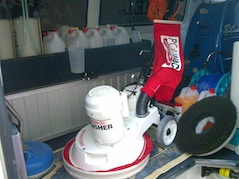
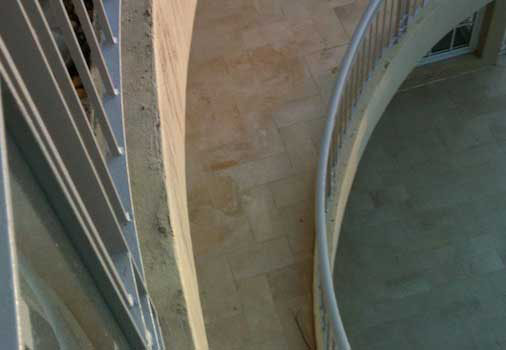
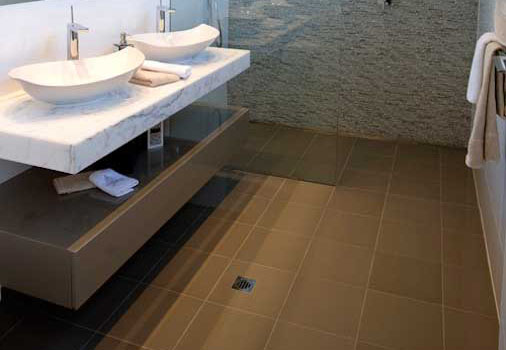
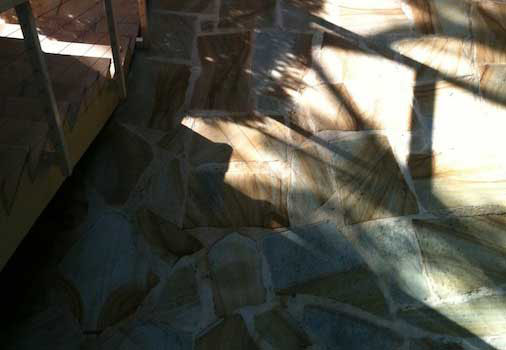
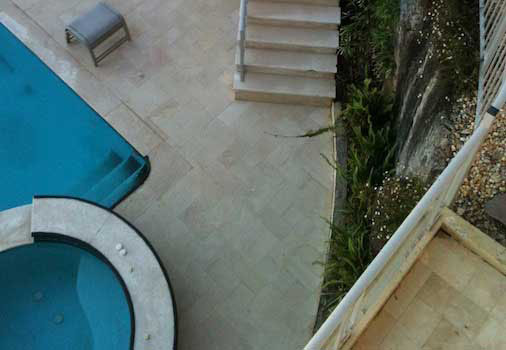
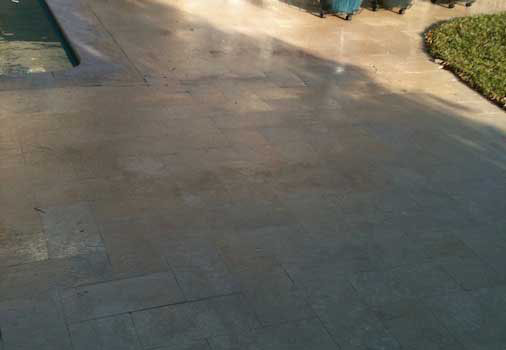
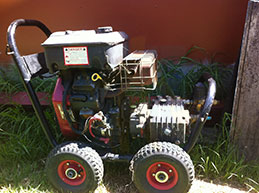
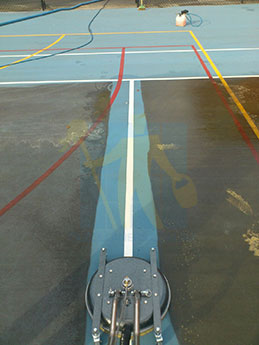


 Availability for emergency
Availability for emergency
